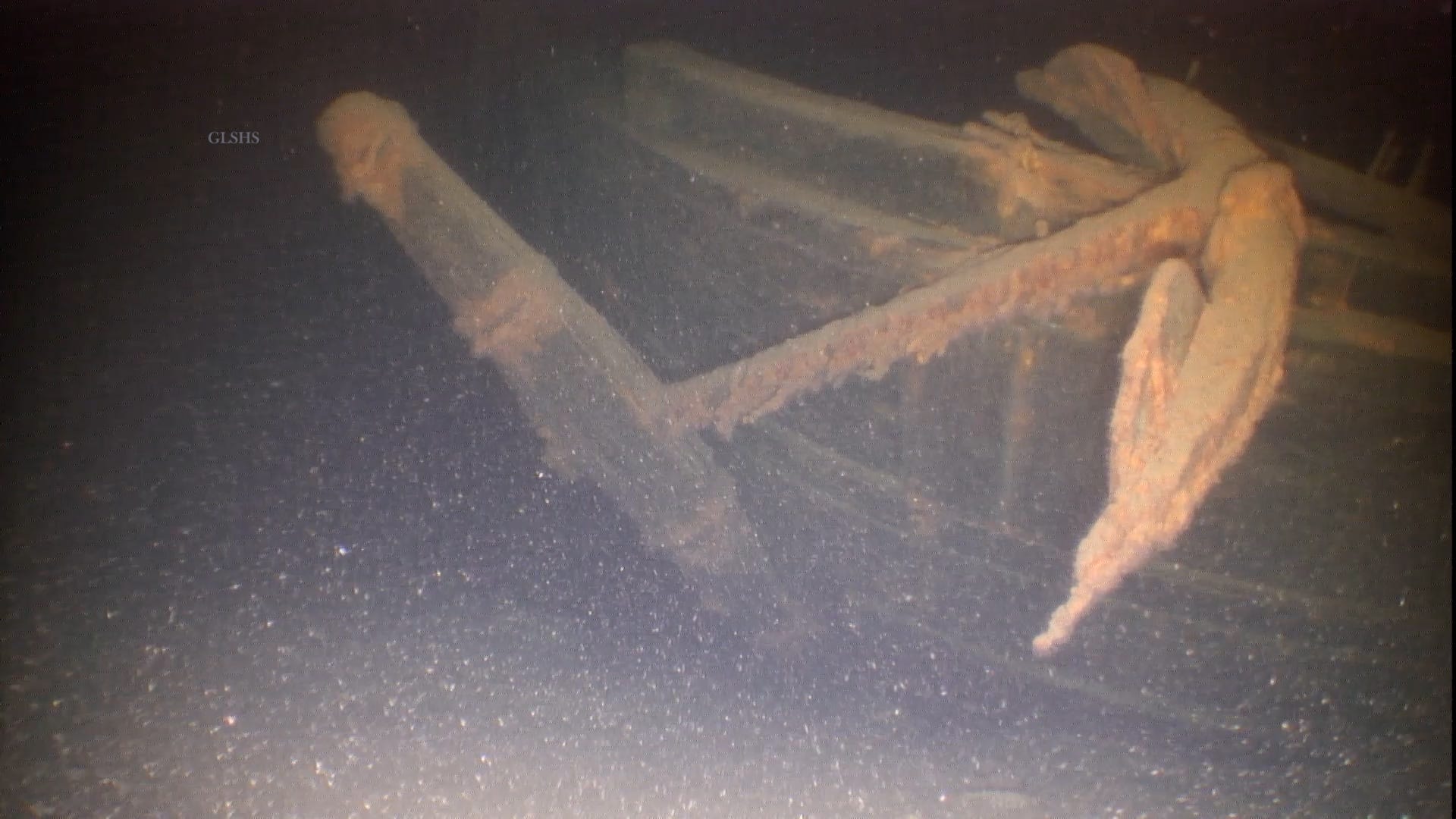Great Lakes Legends: 4 Haunting Tales of the Waterways

The Great Lakes: A Legacy of Mystery and Myth
The Great Lakes, a vast network of freshwater bodies covering over 94,000 square miles, hold approximately one-fifth of the world's fresh water. For those who live in their vicinity, these lakes are more than just natural wonders—they are sources of pride, recreation, and storytelling. People visit, travel along, swim in, and boat around them, but over time, the lakes have also become the backdrop for countless tales of mystery and folklore.
These stories often involve ghost ships, haunted lighthouses, and even lake monsters that have captured the imaginations of many. Corey Adkins, communications director and content director for the Sault Ste Marie-based Great Lakes Shipwreck Historical Society, has heard plenty of such tales. He notes that some people believe Whitefish Point, a cape off Lake Superior in Michigan’s Upper Peninsula, is haunted. While he hasn’t experienced any supernatural phenomena himself, he acknowledges that chilling stories about the Great Lakes continue to circulate.
Here are four notable pieces of lore that have become part of the region's rich cultural tapestry.
The Western Reserve Ghost Sighting
One of the most famous stories involves the Western Reserve, a 300-foot steamer that was one of the first ships on the Great Lakes made entirely of steel. It sank on August 30, 1892, in Lake Superior. At the time, it was considered one of the safest ships afloat. The ship belonged to Captain Peter Minch, a wealthy shipping magnate, who was aboard with his family and crew when a gale struck the vessel 60 miles from Whitefish Point, north of Paradise.
All the passengers climbed into two lifeboats, but neither reached shore. The final lifeboat was within a mile of land before it overturned. Only one person, Harry Stewart, survived. The remains of the Western Reserve weren't discovered until more than a century later, in 2023.
According to Adkins, there is a documented ghost sighting linked to the tragedy. Surfman Trudell, who was keeping watch at the Deer Park Life-Saving Station off Lake Superior’s southeastern shoreline that night, claimed he saw a man wearing a fine suit who appeared to have drowned. When the bodies of the passengers were later found, Trudell identified Minch as the spirit he had seen.
The Great Lakes 'Graveyard'
Lake Superior is home to over 500 known shipwrecks, according to Adkins. The area from Whitefish Point to Munising is often referred to as the "shipwreck coast" or the "graveyard of the Great Lakes." This stretch is particularly dangerous due to its open waters, where there is no shelter once a ship passes Whitefish Point. Ships must either head toward Munising, Marquette, or the Keweenaw Peninsula to find safety.
A century ago, ships lacked radios and radar, making navigation through this region extremely challenging. Many vessels disappeared without a trace, leaving behind only speculation and stories. These shipwrecks have inspired numerous tales of ghost ships still sailing the waters long after they vanished.
The Flying Dutchman of the Inland Seas
Among the most famous ghost ships of the Great Lakes is the SS Bannockburn. This Canadian lake freighter disappeared in November 1902 while carrying bushels of grain from Fort William, Ontario, to Midland. There were 20 crew members aboard, but the ship and its crew vanished without a trace. The SS Bannockburn is often called “the Flying Dutchman of Lake Superior,” a reference to the legendary ghost ship that is doomed to sail the seas forever, never reaching its destination.
Today, there are numerous accounts of people claiming to have seen the SS Bannockburn. Though no proof exists, the legend continues to thrive among those who live near the Great Lakes.
South Bay Bessie
Stories about Lake Erie's South Bay Bessie date back to 1793, when someone reportedly spotted a snake-like creature, 30 to 40 feet long, in the water north of Sandusky, Ohio. Over the years, the legend of Bessie has been featured in newspaper articles and even gained attention in the 1980s and early 1990s. Despite numerous sightings, there is no concrete evidence that a lake monster actually exists in Lake Erie.
These tales, whether rooted in fact or imagination, add a layer of mystery to the Great Lakes, ensuring that the stories of the past continue to captivate the present.
Post a Comment for "Great Lakes Legends: 4 Haunting Tales of the Waterways"
Post a Comment